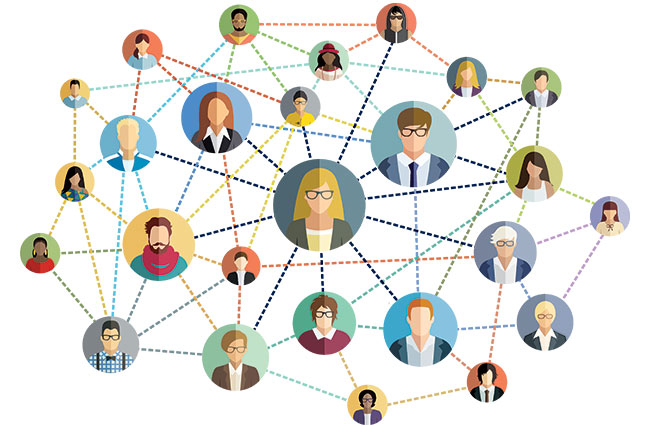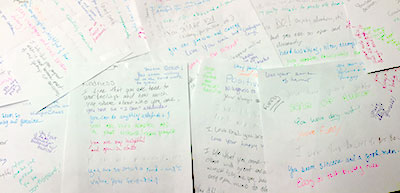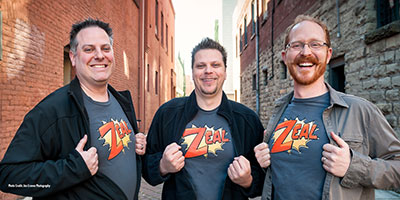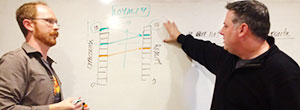Isn’t it invigorating when things are clicking along at your company—when your team is all on the same page and working together to get important work done?
Or are you reading this saying, “I wish it was like that!”
If it’s not like that, what’s going on? Is performance tanking? Is communication falling apart? Is turnover high? Is absenteeism skyrocketing?
If you’re nodding your head, then here’s a question: What “team toxins” are causing conflict—and how are you handling them?
You know every organization (every relationship for that matter) experiences conflict. But did you know there’s such a thing as good conflict? Yep. When there’s constructive conflict, your team develops greater trust and becomes stronger.
However, when team toxins creep into day-to-day operations and conflict is not handled well, your team begins a downward spiral that may be impossible to arrest.
According to positive psychologist John Gottman (The Relationship Cure), these team toxins are criticism, defensiveness, stonewalling, and contempt. Gottman refers to these toxins as the Four Horsemen of the Apocalypse. It’s vital that your team understands these toxins and strives to keep them at bay. Letting them creep into your organization is the quickest way to undermine performance.
Take a close look at these toxins, learn how to recognize them, and review the “antidotes” so you can handle conflict successfully through positive communication.
1) Personal Criticism
Aggressive attack, bullying, chronic blaming, domination
Learn to understand the difference between complaining and criticizing—and turn the complaint into a request when possible.
Criticism: “You’re always late! You never think about anyone but yourself!”
Complaint: “When you are late, it throws the entire team off schedule.”
Request: “When you are late, I have to reschedule the entire team. Please let us know if something unexpected comes up that will detain you.”
Also, remember that criticizing the person is hurtful. Your intention is most likely to criticize the idea or action, not the person. The antidote? Talk about your feelings using “I” statements and express a positive need.
2) Defensiveness
Deflection, unopen to influence
When we feel unjustly accused, our natural response is to look for excuses to justify our actions.
Question: “Did you let production know that our prototype is not going to be ready as we promised?”
Defensive response: “You know how busy I am. Why didn’t you just do it?”
Better response: “Wow, I was so busy today, I forgot. I apologize. Let me call them now and let them know.”
The best antidote is to accept your teammate’s perspective, take responsibility, and offer an apology for any wrongdoing.
3) Stonewalling
Disengagement, passivity, yes men, avoidance, unopen to influence
This usually happens as a response to chronic contempt. The listener shuts down and simply stops responding—or they resort to other behavior such as turning away or tuning out.
It takes time for most people to reach the stage of stonewalling/shutting down; the best antidote is to take a break and spend time doing something soothing before regrouping and openly discussing the situation.
4) Contempt
Demeaning, disrespect, undermining, hostile
This may be the most destructive horseman. Contempt goes far beyond criticism, attacks the person’s moral character, and insinuates superiority over them. It’s destructive both mentally and physically. Research shows that people in contemptuous relationships are more likely to suffer from an infectious illness like the flu or a cold! In a marriage, it is the single greatest predictor of divorce. It must be eliminated in all relationships—personal and professional. As an antidote, remind yourself of the person’s positive qualities and build a culture of appreciation.
Now that you know what the Four Horsemen are and how to counteract them with proven antidotes, you’ve got the essential tools to create constructive conflict, develop more organizational trust, and create a more positive work environment. As soon as you see criticism or contempt galloping in, remember their antidotes. Be vigilant. The more you can keep the Four Horsemen at bay, the more likely you are to have a positive and productive workplace.
If you’re looking to create a more positive culture in your work environment, call 541.601.0114 or email Chris for an initial conversation. Let’s tap into your organization’s positivity and unleash its potential.









 Q: Can you describe your background? How did you get into mentoring?
Q: Can you describe your background? How did you get into mentoring? Q: What else can those attending your workshop expect?
Q: What else can those attending your workshop expect?


 To illustrate this concept, Adam draws two columns, one representing customer expectations and the other reality, each with a scale ranging from 1 to 10. The customer relationship begins when expectations meet reality.
To illustrate this concept, Adam draws two columns, one representing customer expectations and the other reality, each with a scale ranging from 1 to 10. The customer relationship begins when expectations meet reality.


